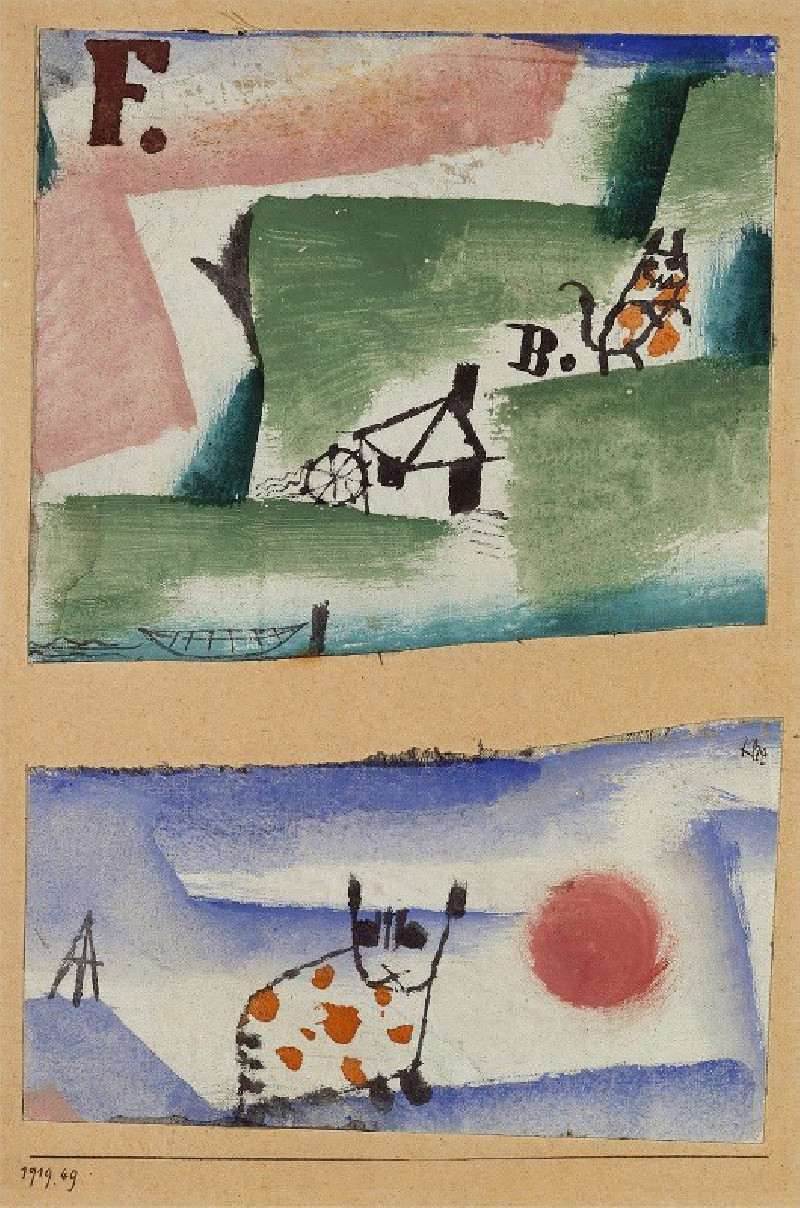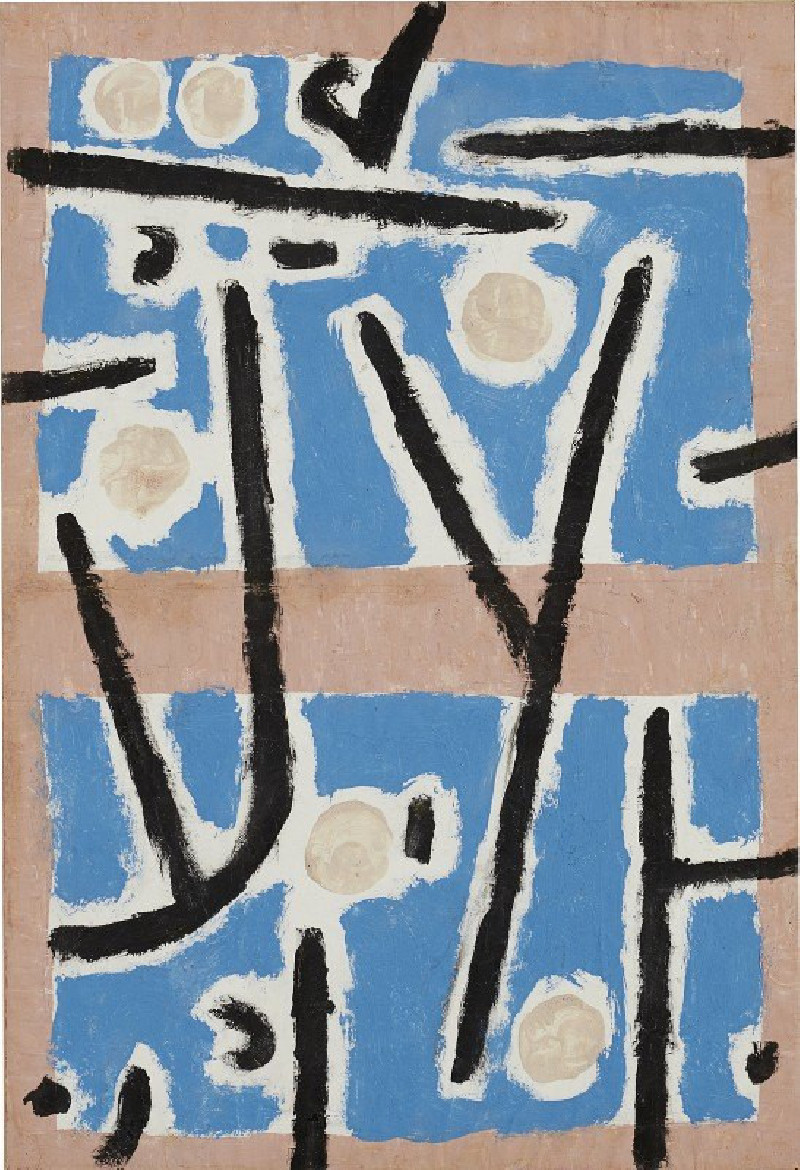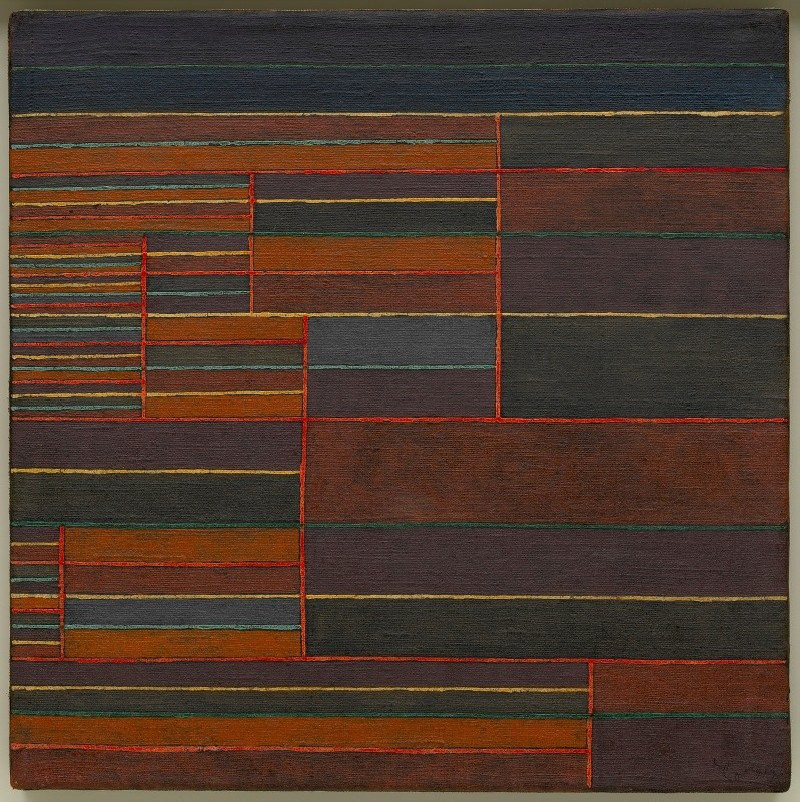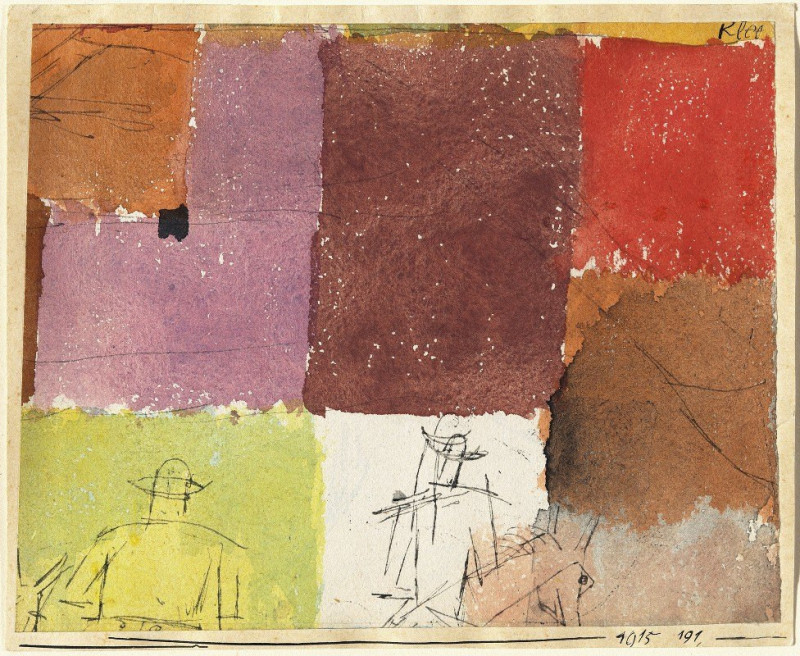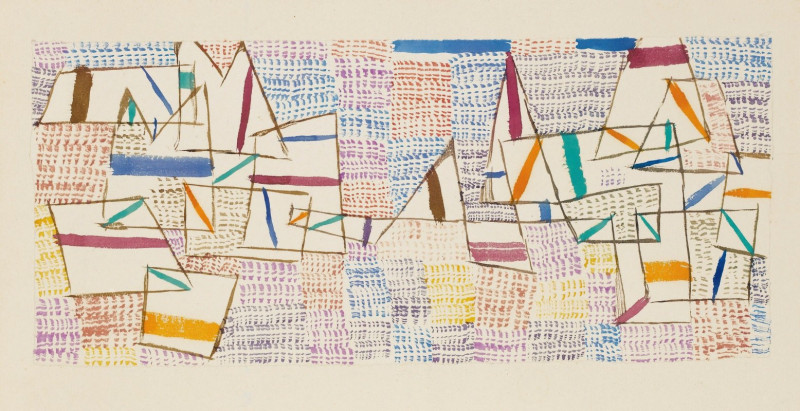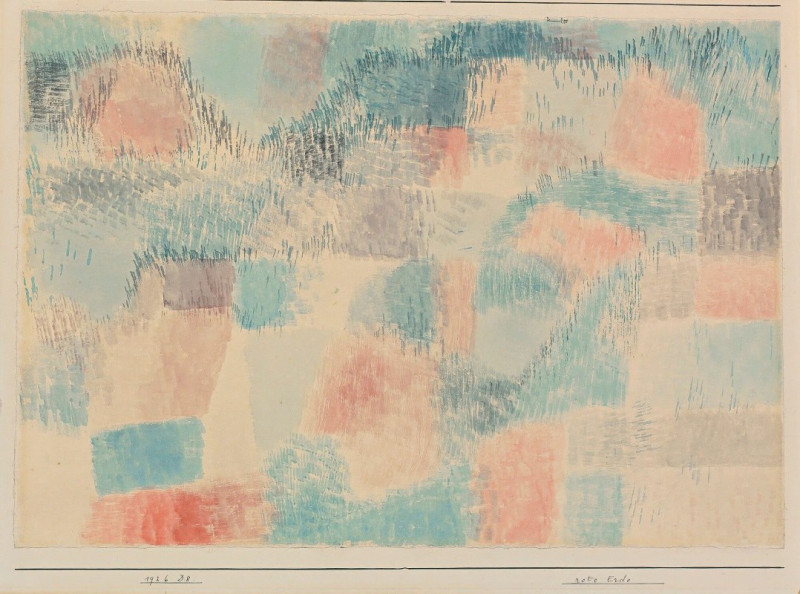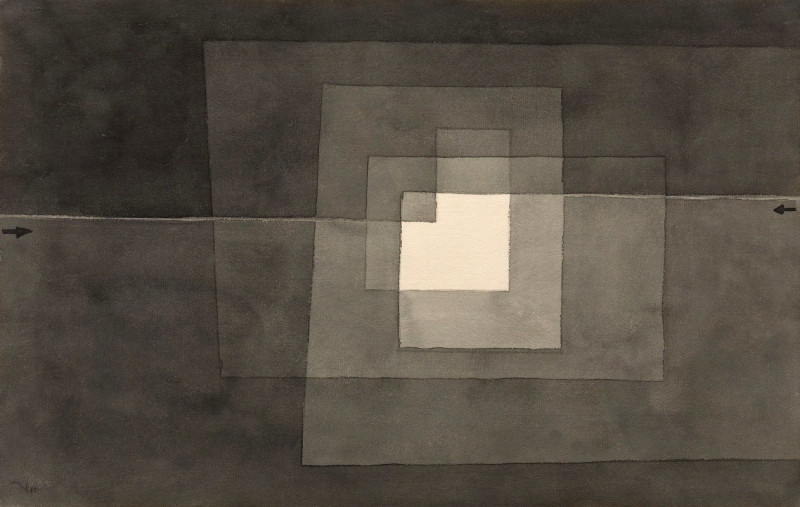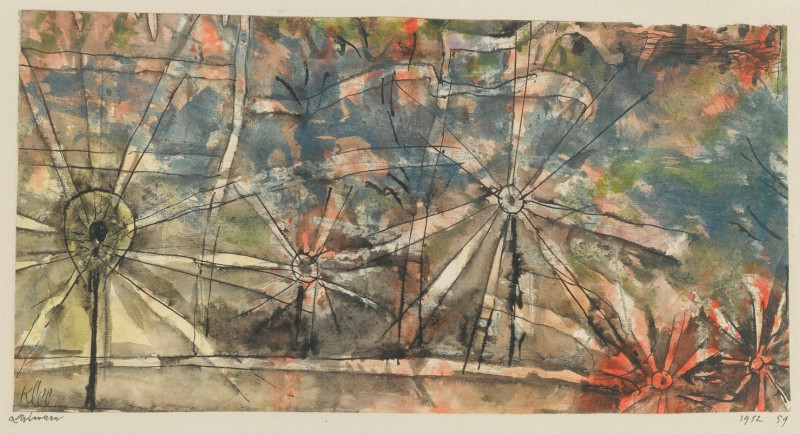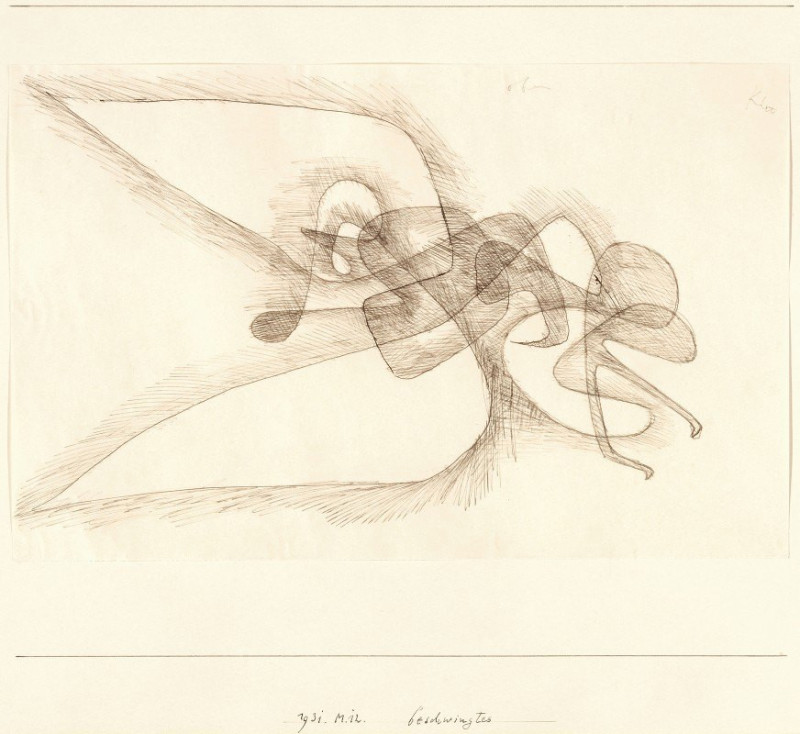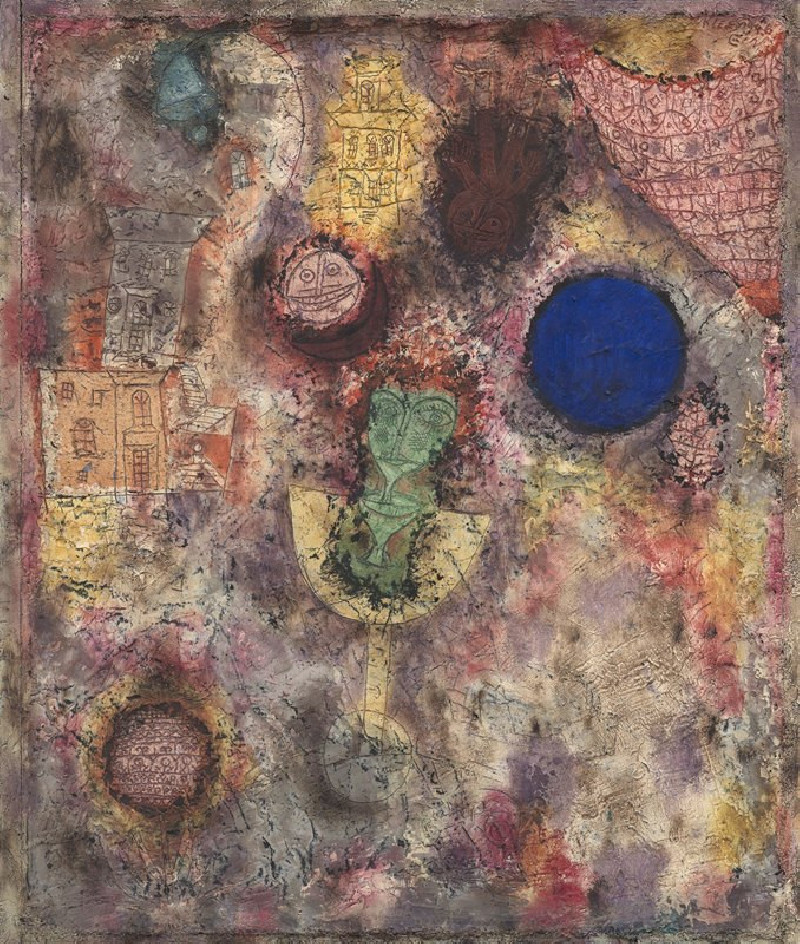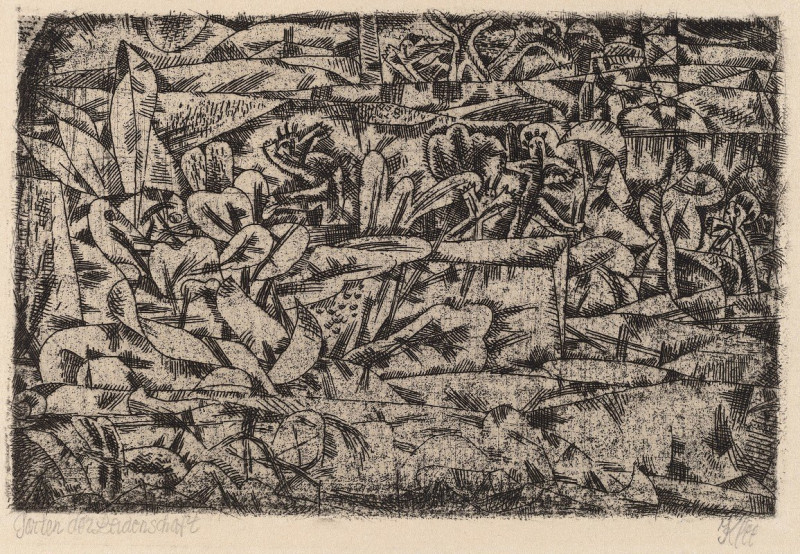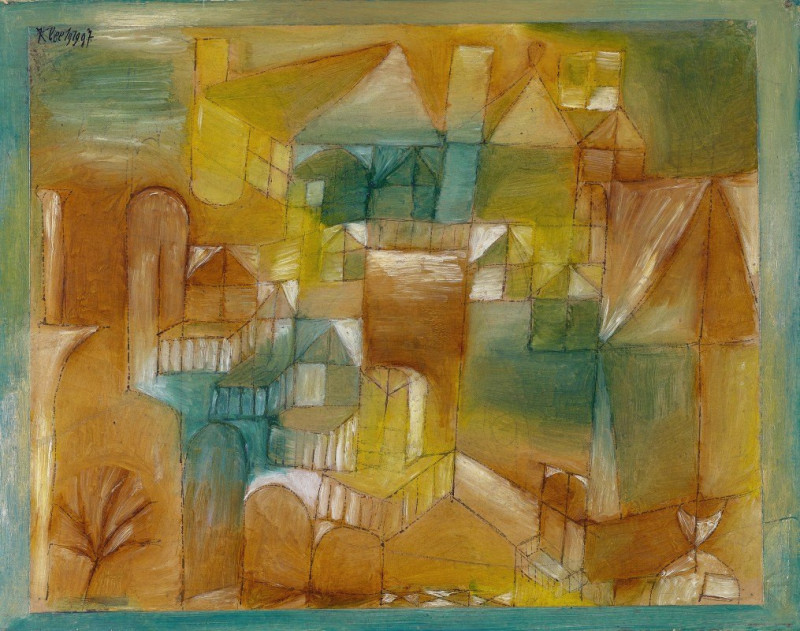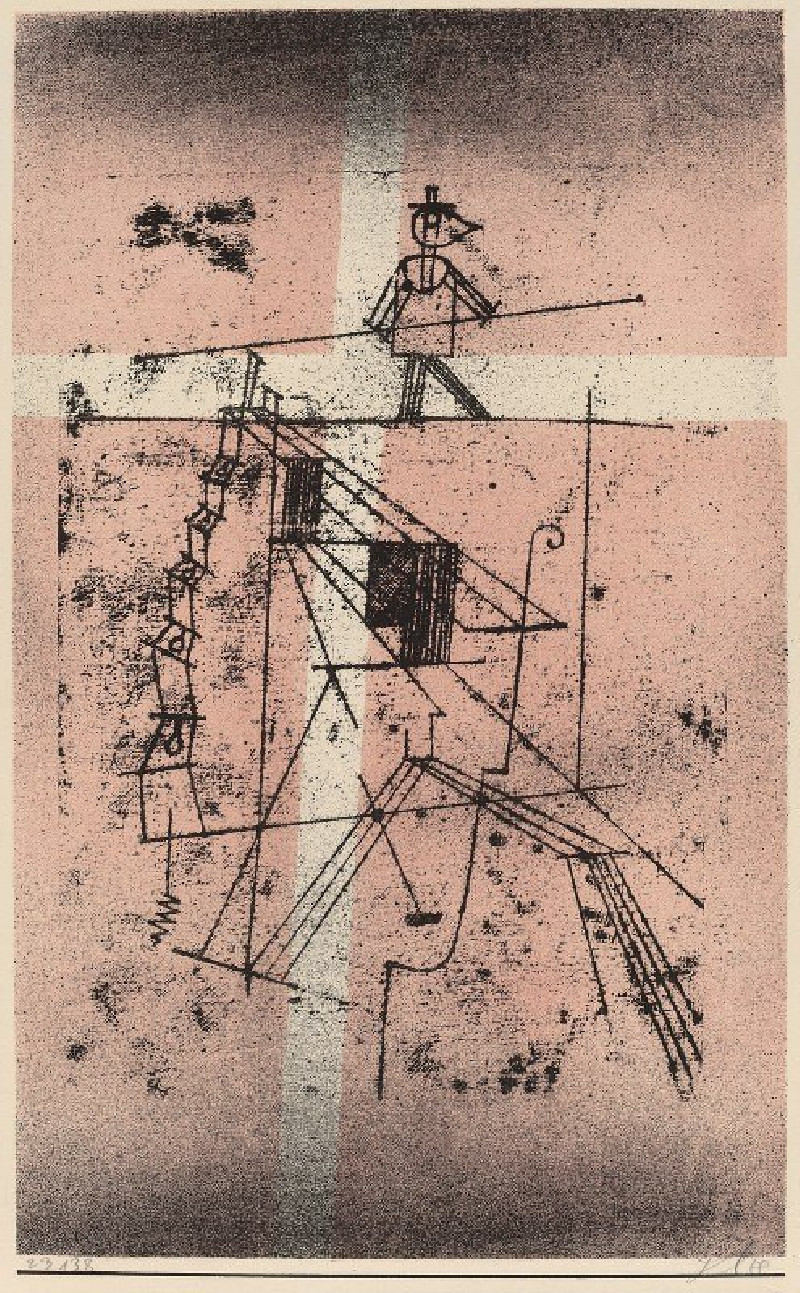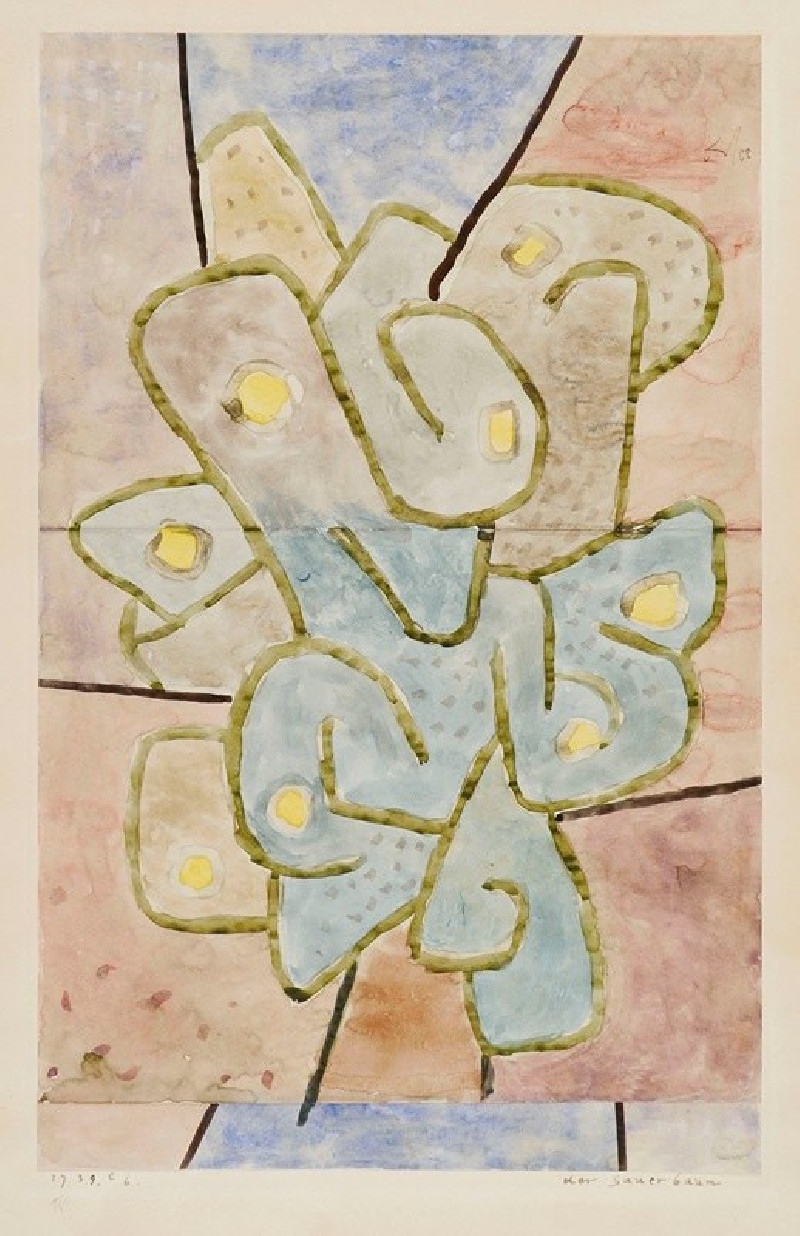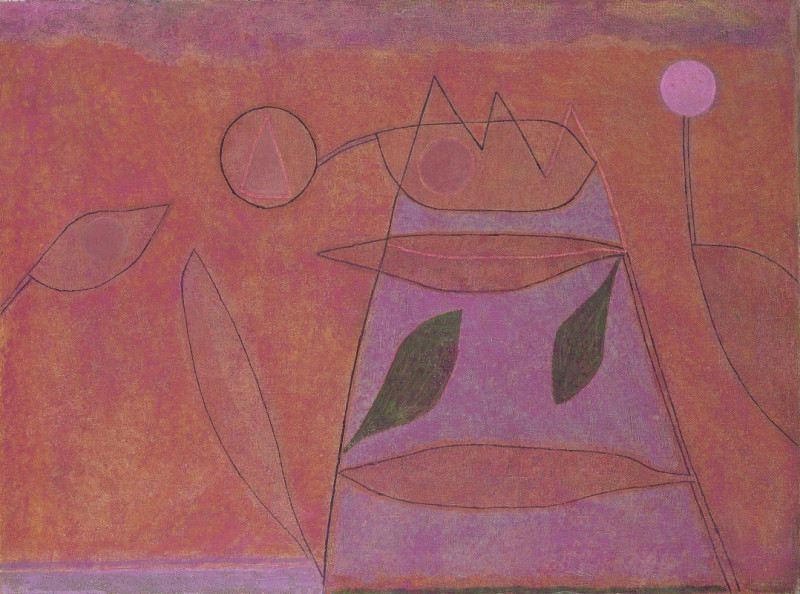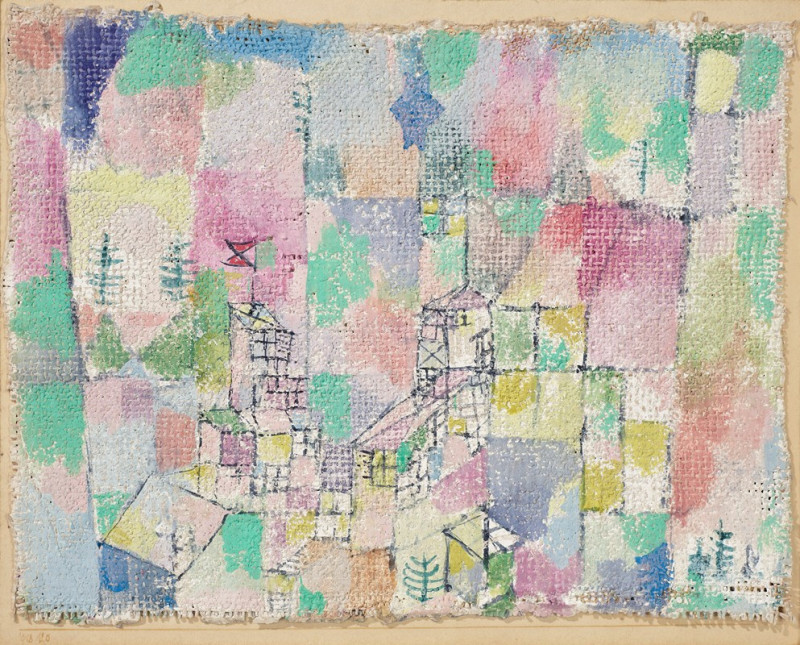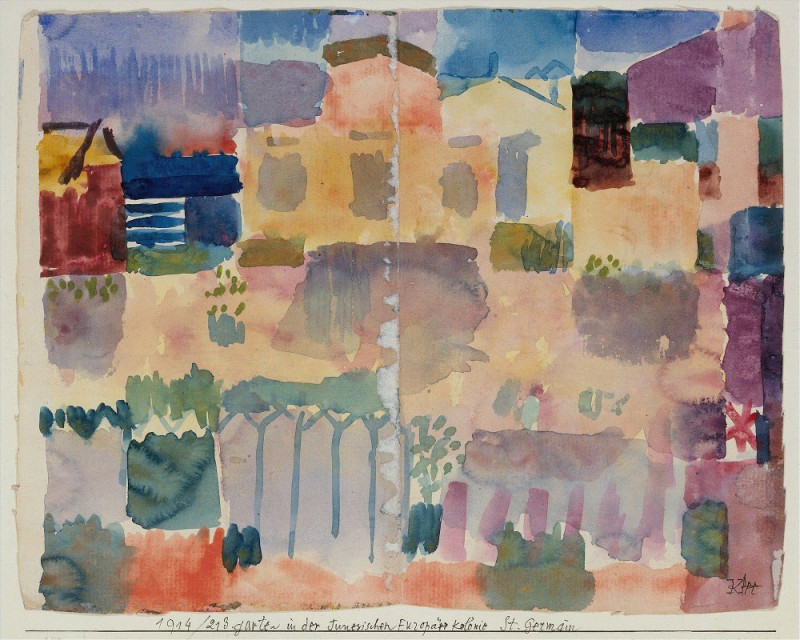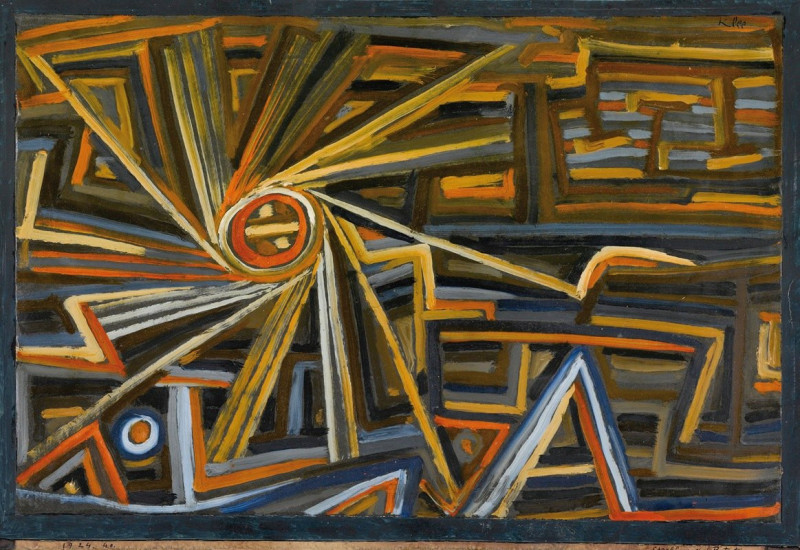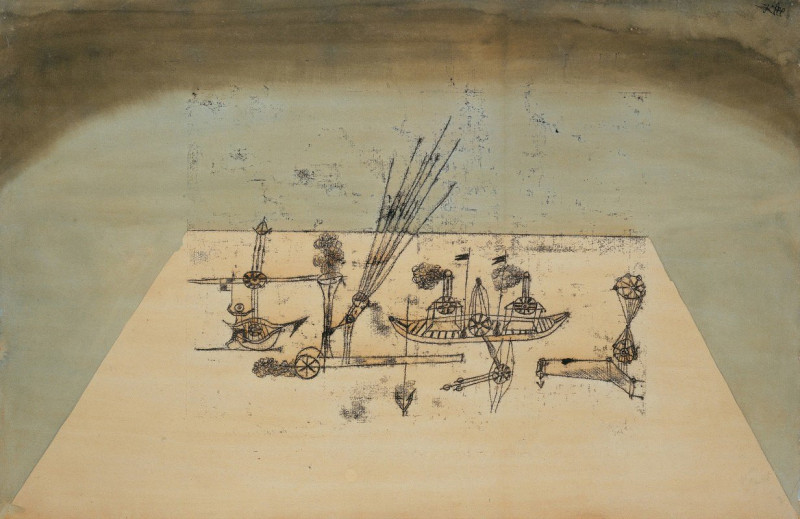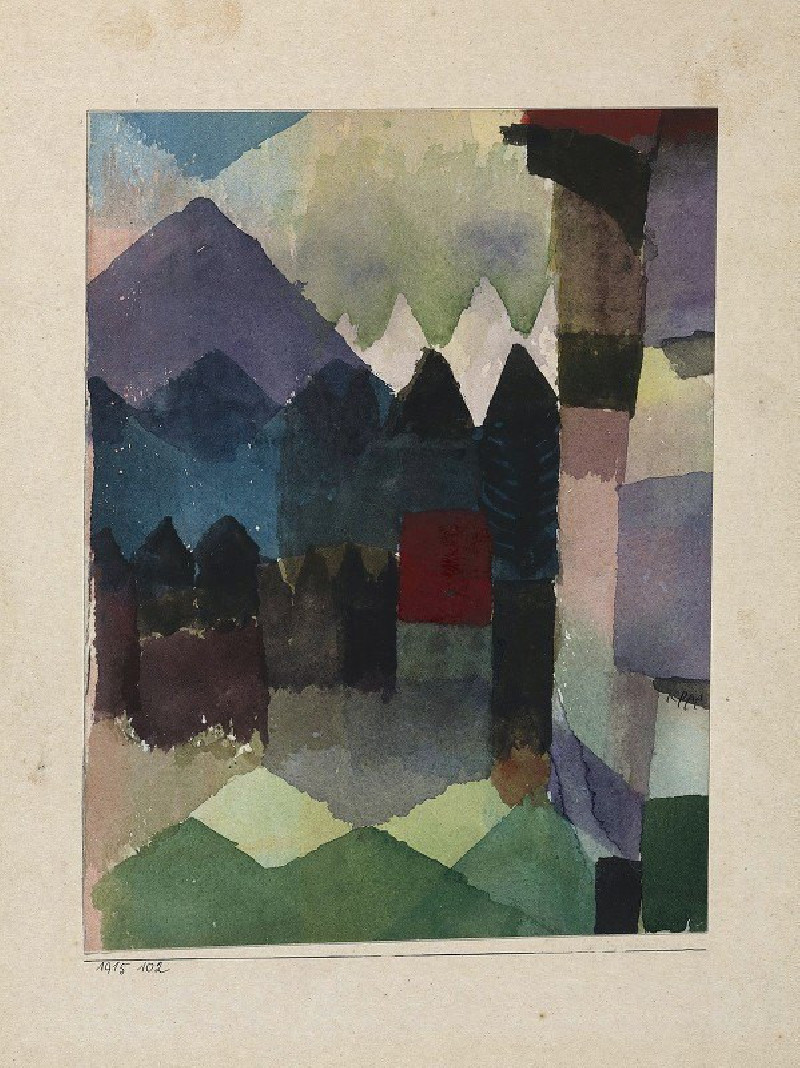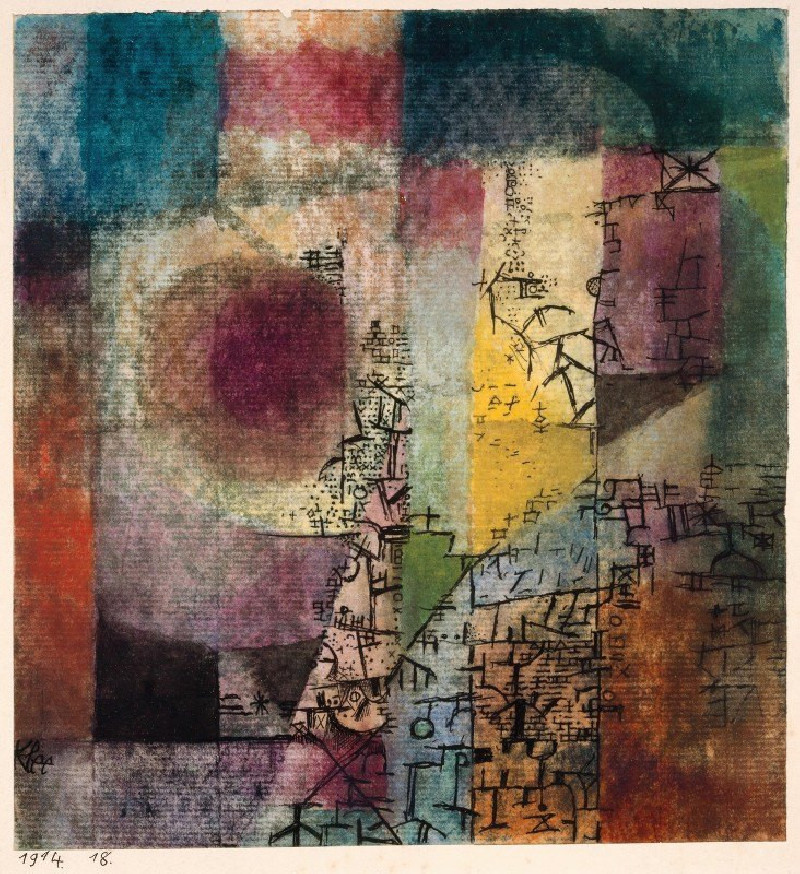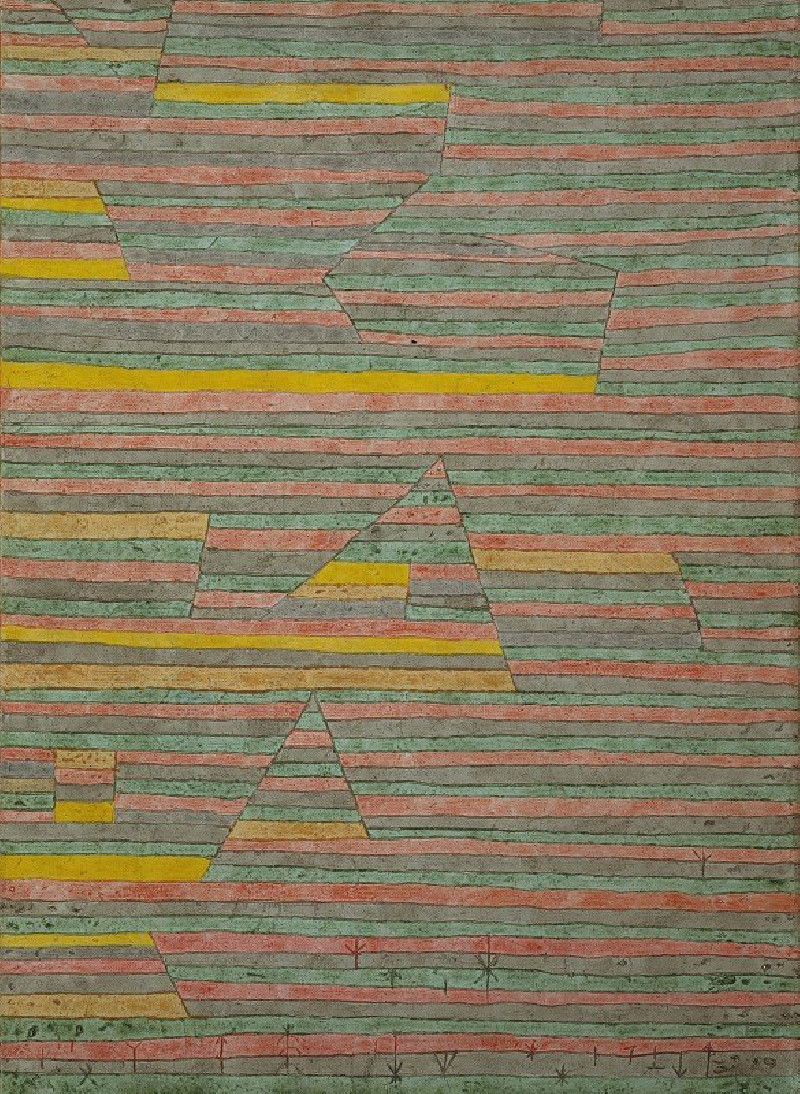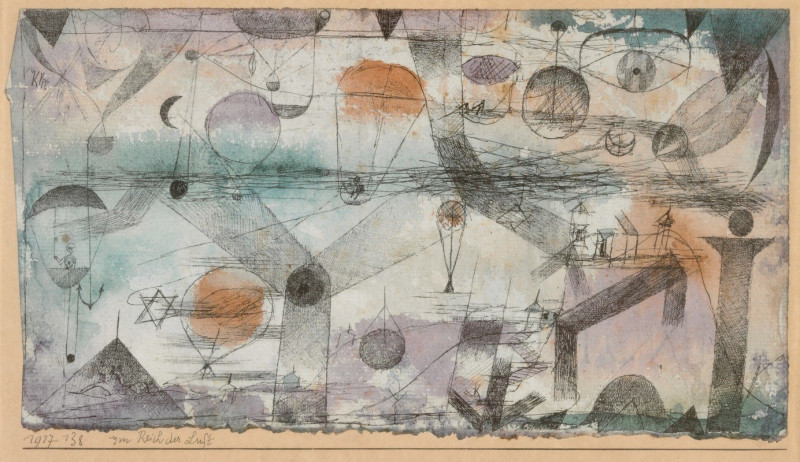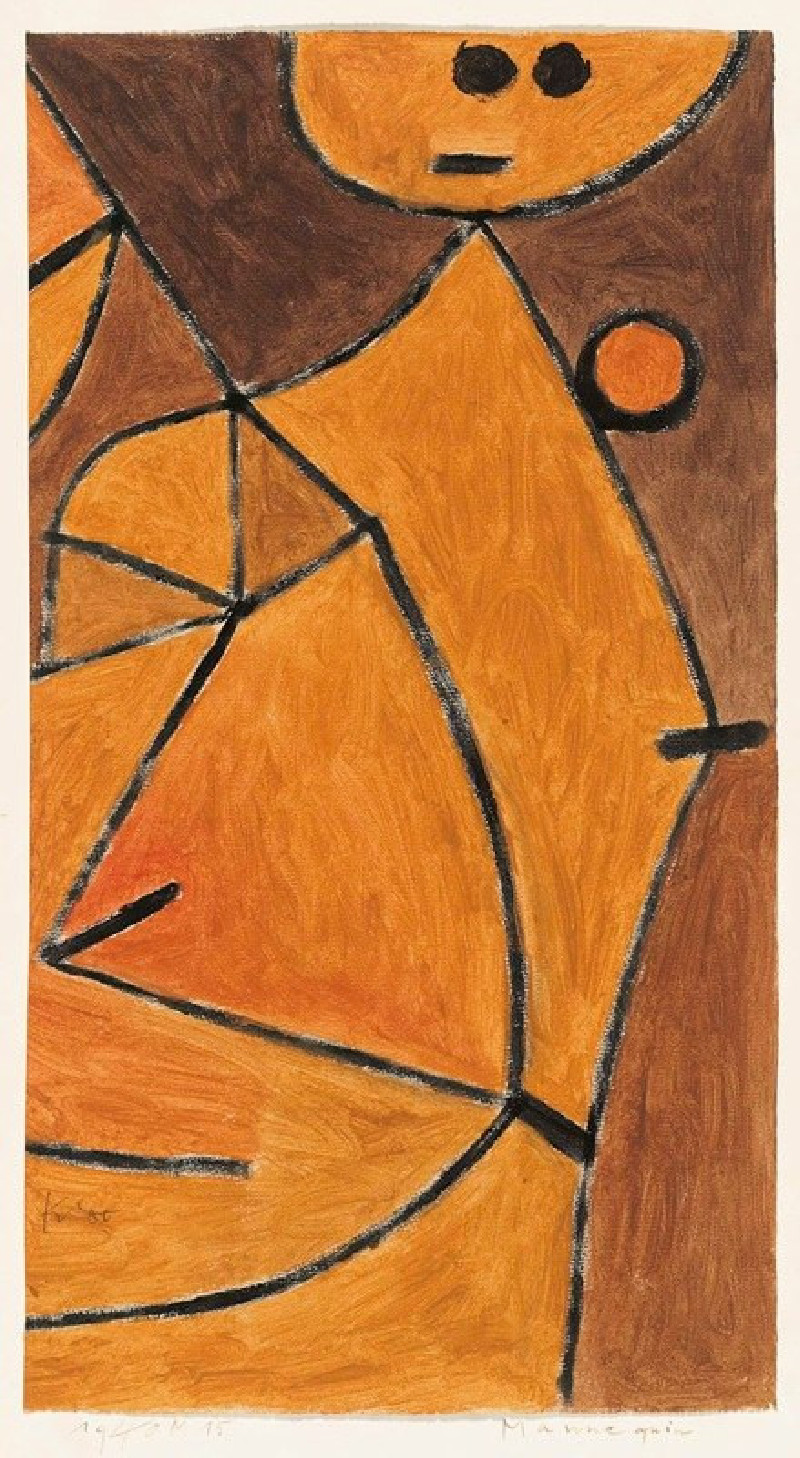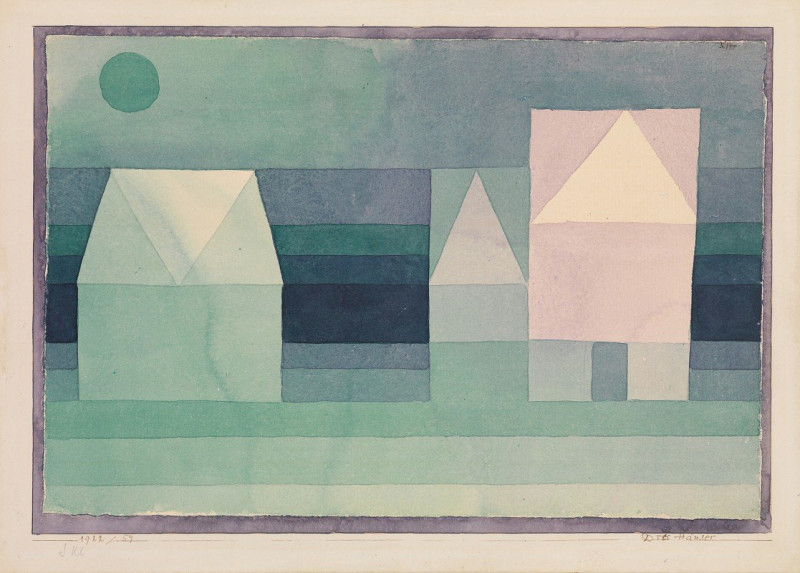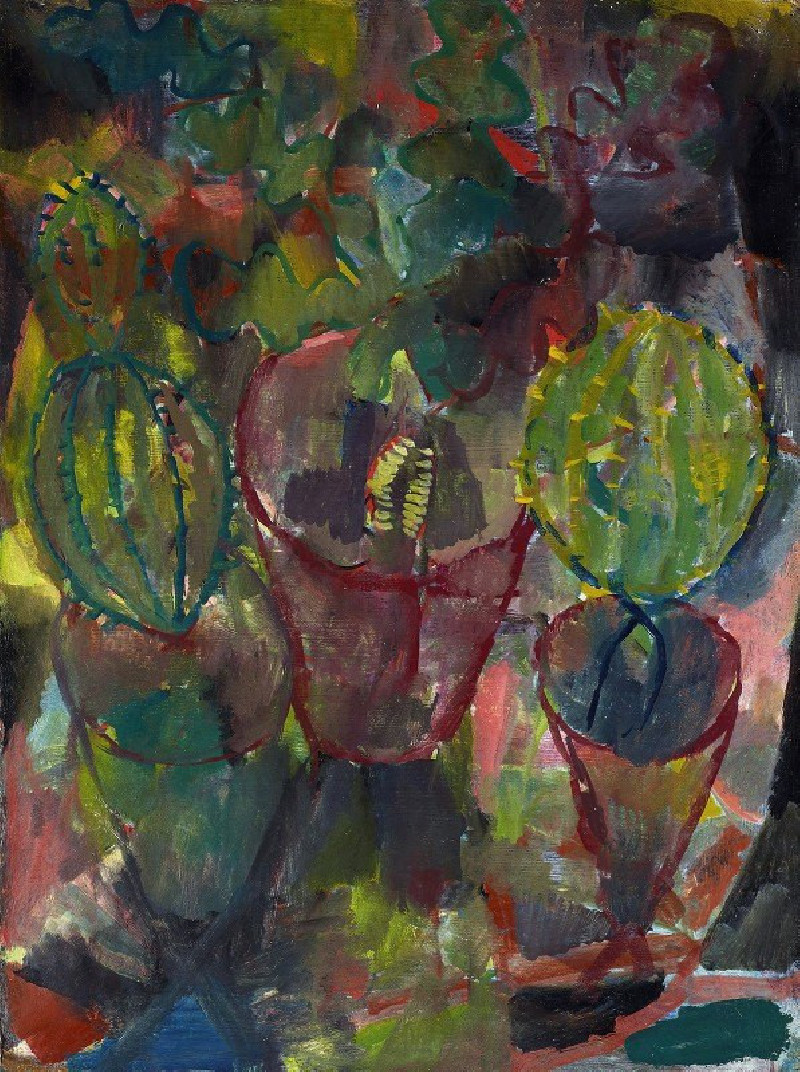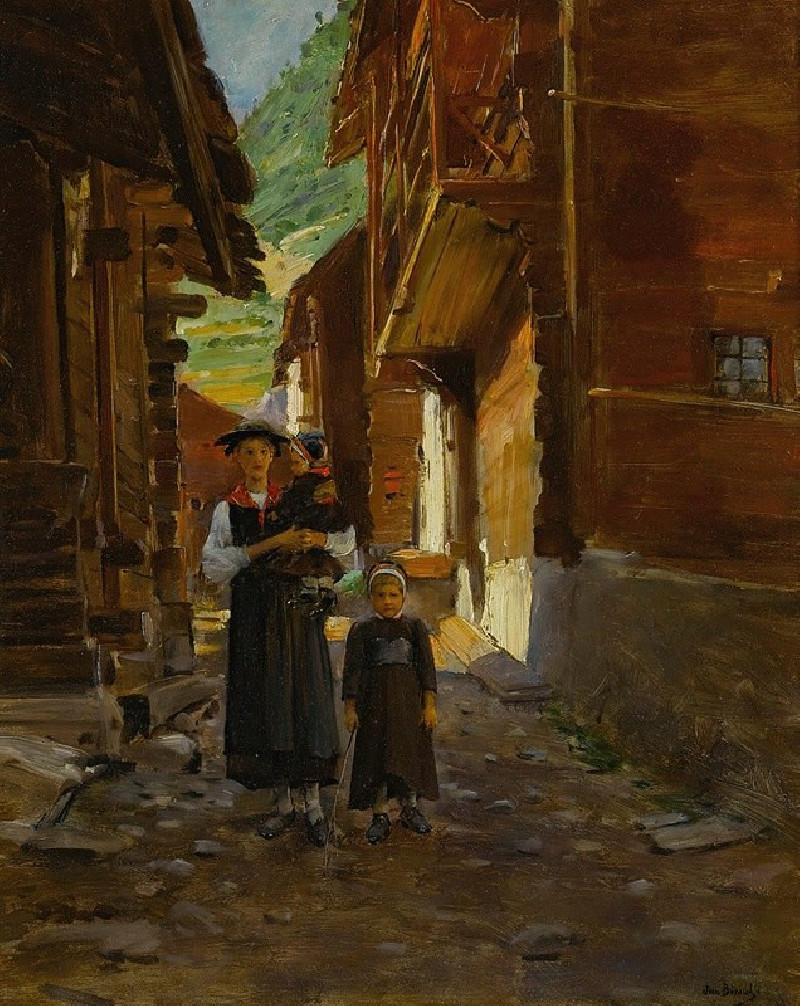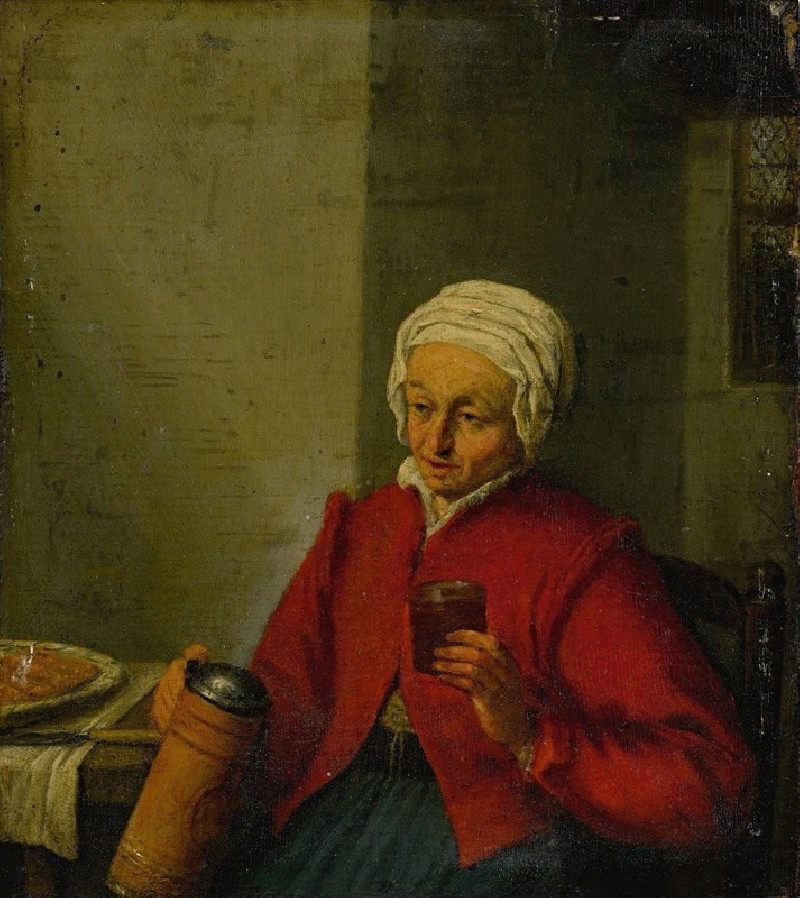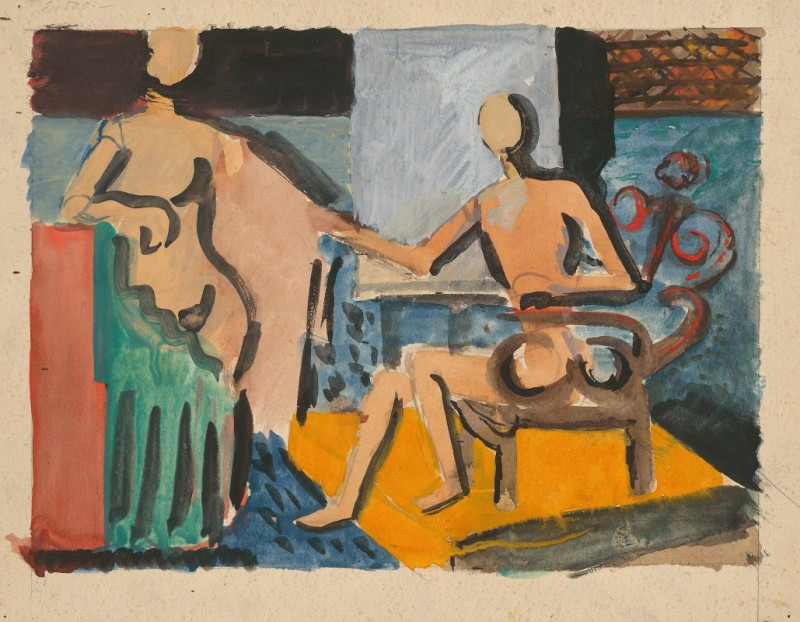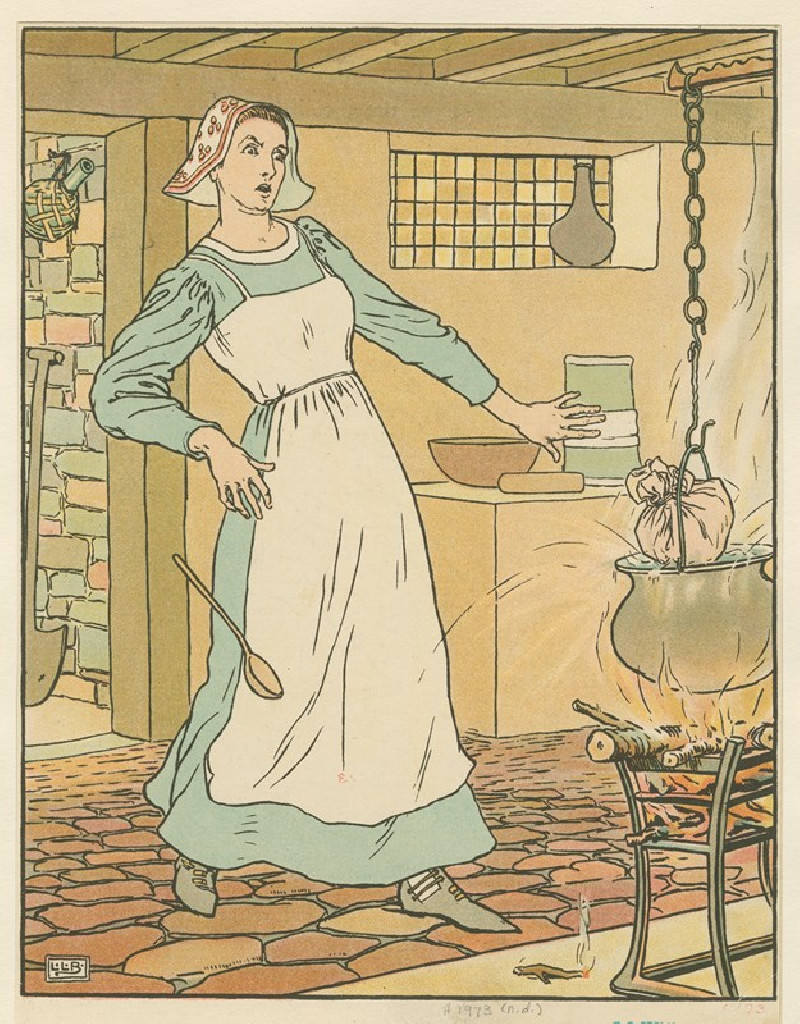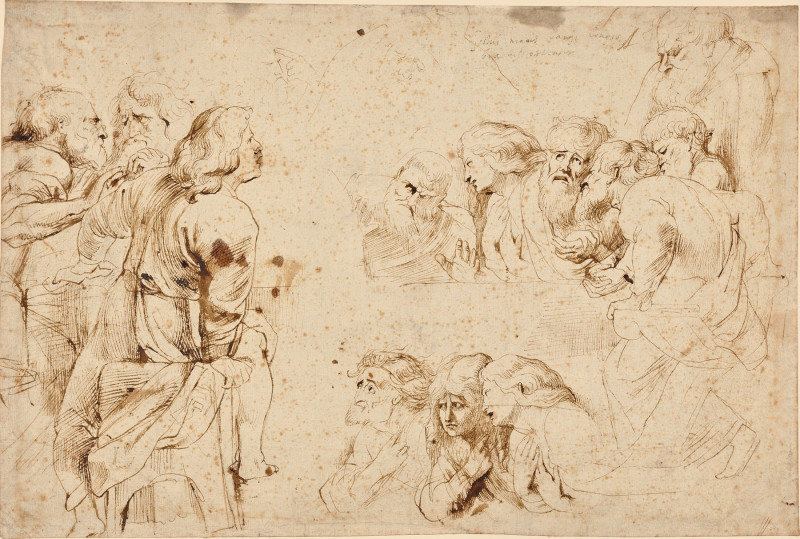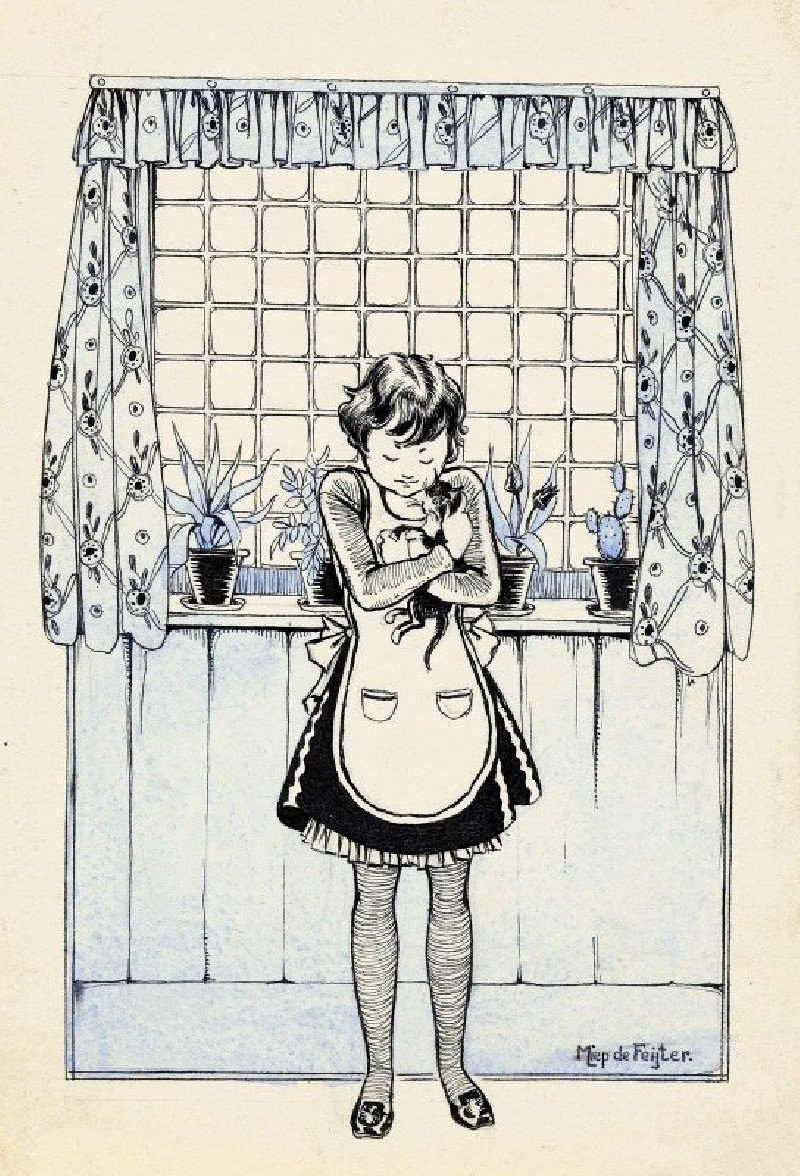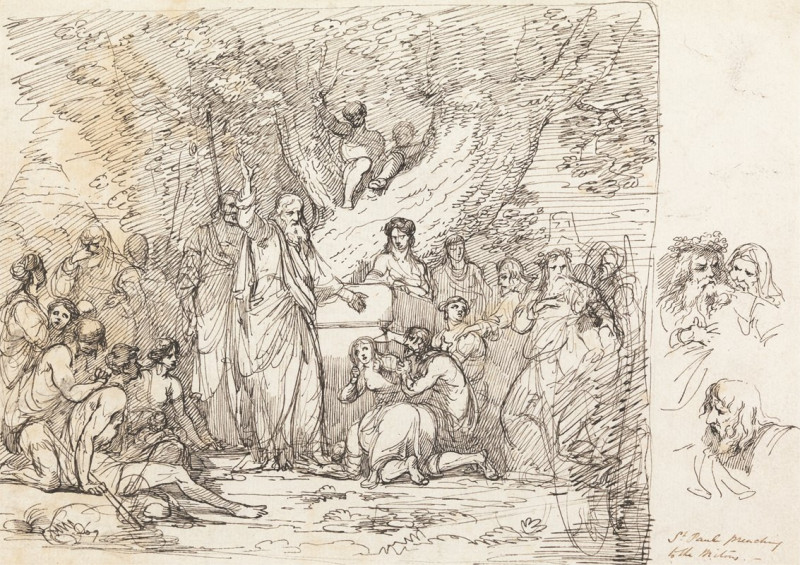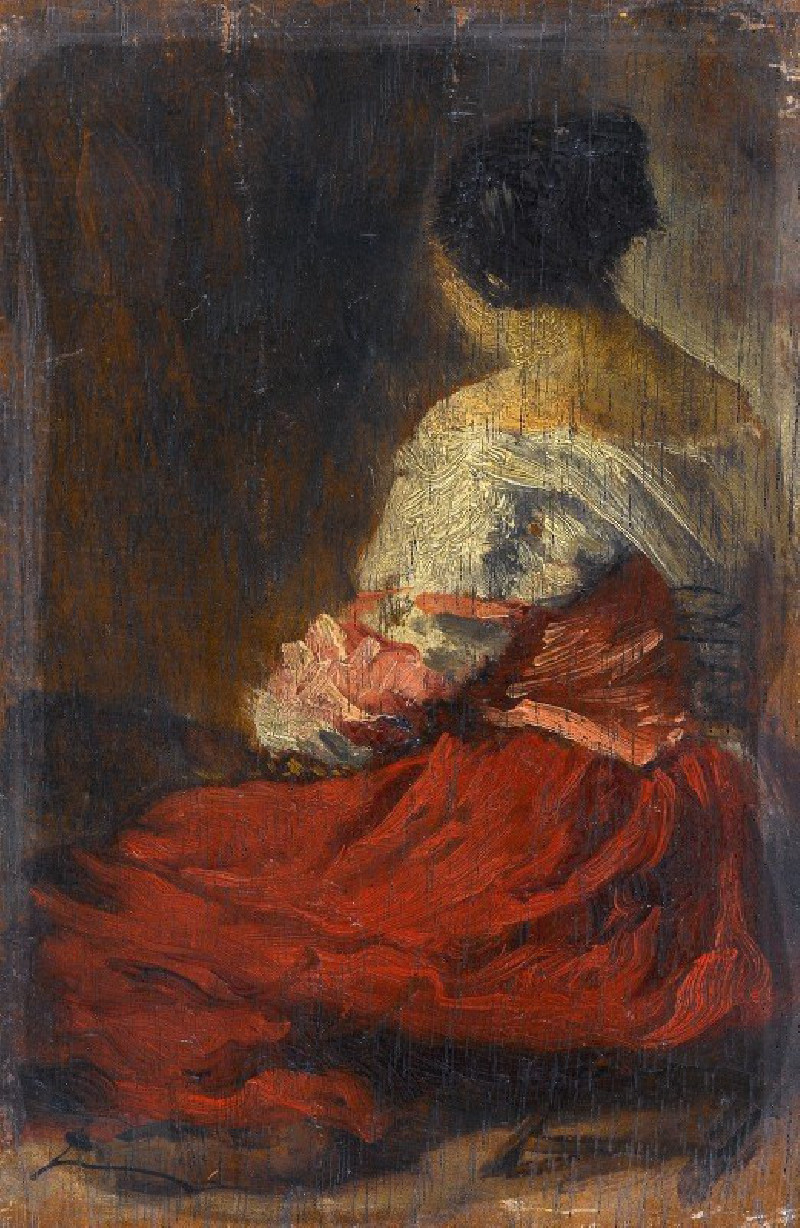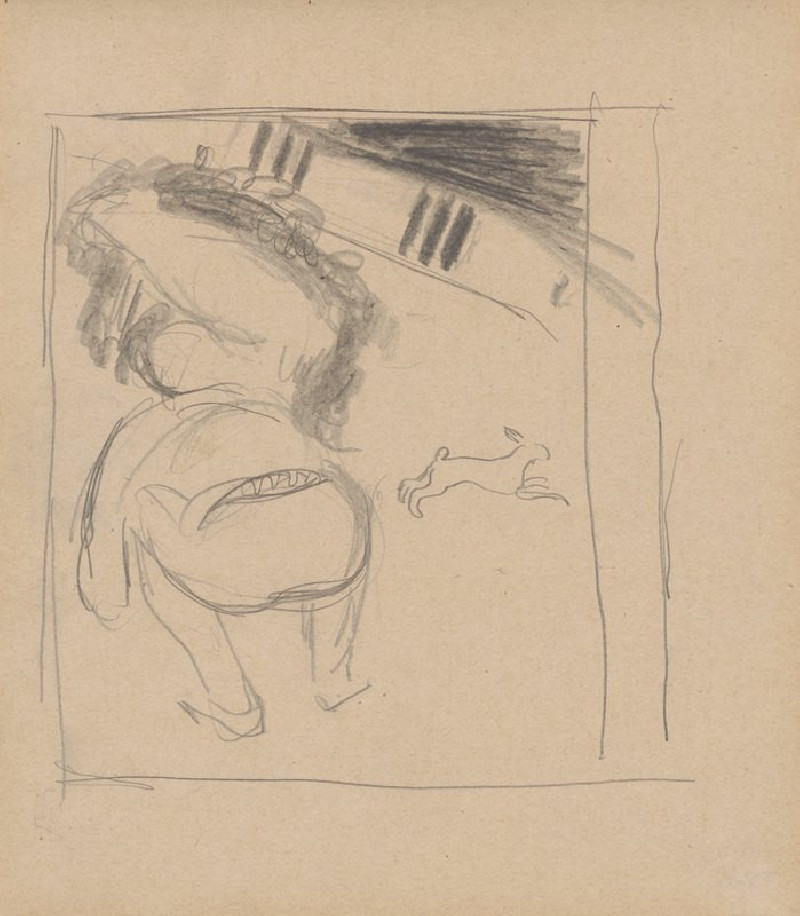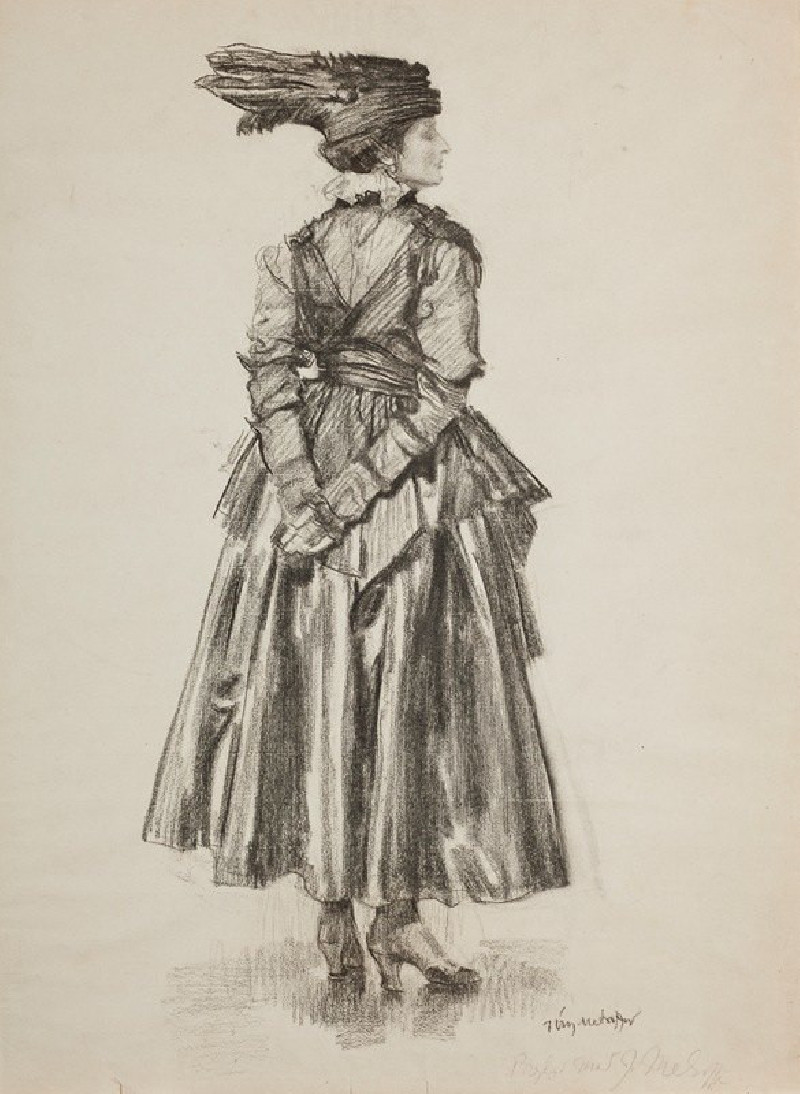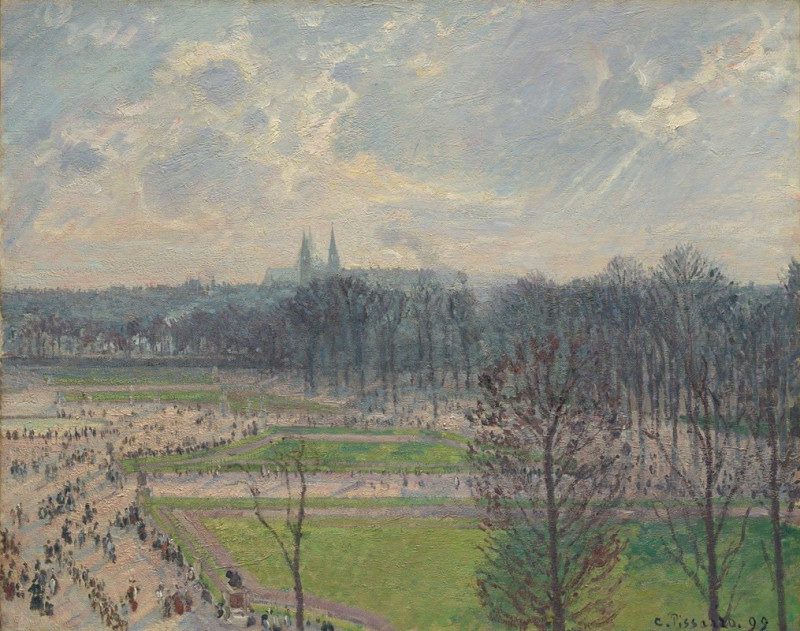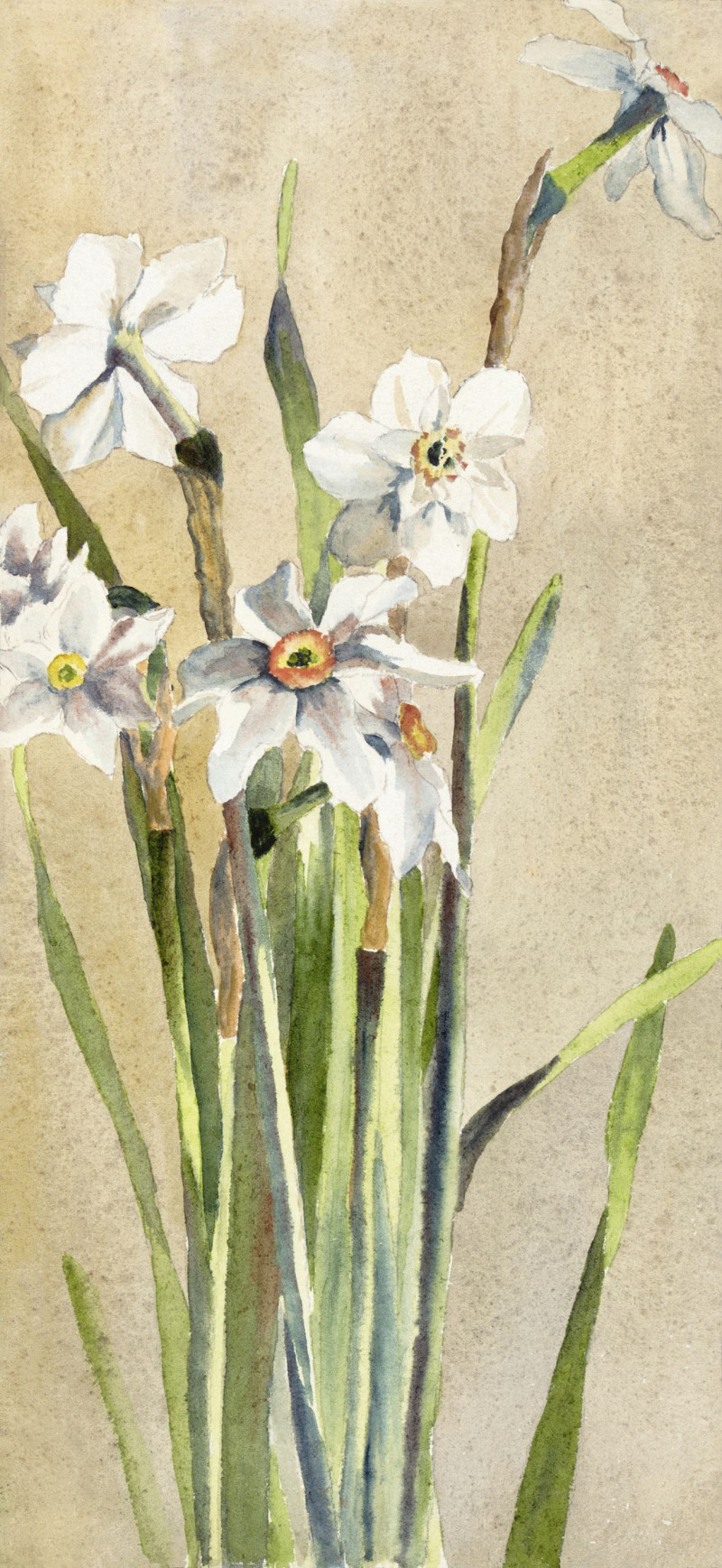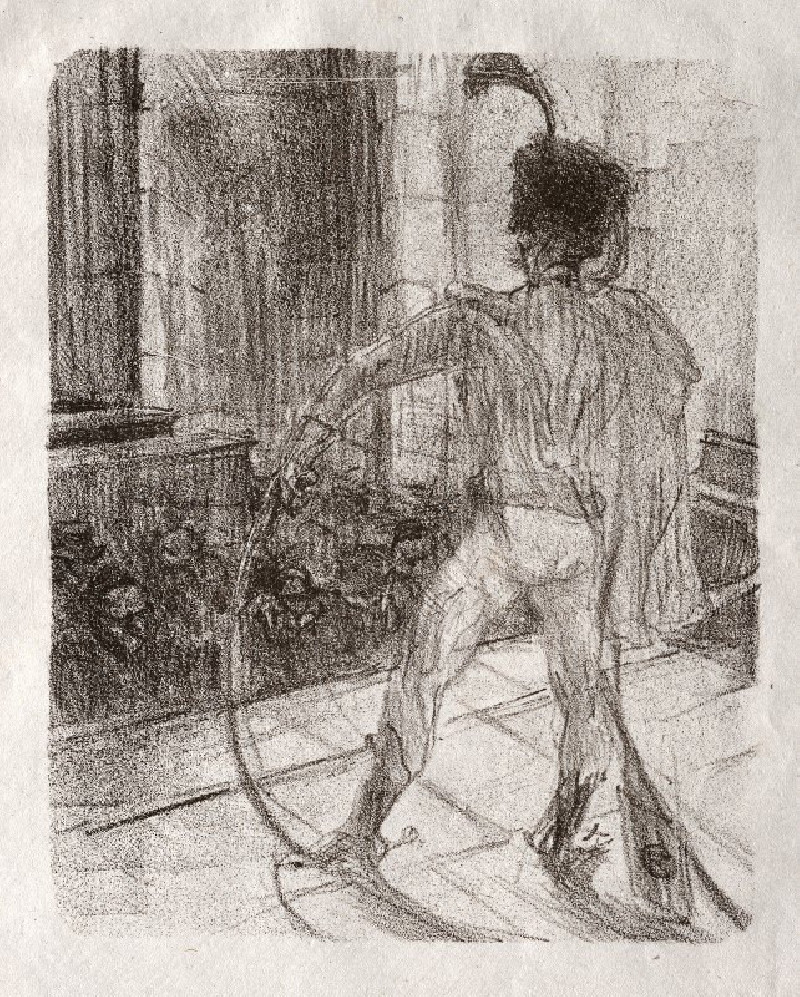Tomcat’s Turf (1919)
Technique: Giclée quality print
Recommended by our customers
More about this artwork
Paul Klee's "Tomcat's Turf" (1919) captures the profound yet playful essence typical of his modernist approach. This intriguing artwork, presented as a diptych, showcases Klee’s unique ability to blend abstract elements with whimsy and symbolism.The upper panel of the diptych displays a curious scene consisting of geometric and organic forms. Here, abstract representations intertwine with figures; among them, a playful illustration of a cat, marked with the letter 'B', sits prominently. This section, enveloped in hues of green and shades of pink, hints at a mystical or domestic setting, suggesting the perspective of the household feline overlaid on abstract landscapes.The lower panel complements this narrative through simplification and a cooler color palette. It features a larger, solitary cat-like figure against a vivid blue and white backdrop, with the sun dominantly placed. This scene distills the essence of the upper panel into a serene, yet curious dreamscape, emphasizing the solitary, wandering life of a cat.Both panels together invite viewers into an almost fabled understanding of the world through the eyes of a tomcat, symbolized through Klee’s abstract and surreal shapes. "Tomcat's Turf" is a testament to Klee’s innovation and his ability to infuse depth and narrative into compact, seemingly straightforward compositions.
Delivery
Returns
Paul Klee was a Swiss-born German artist. His highly individual style was influenced by movements in art that included expressionism, cubism, and surrealism. Klee was a natural draftsman who experimented with and eventually deeply explored color theory, writing about it extensively; his lectures Writings on Form and Design Theory (Schriften zur Form und Gestaltungslehre), published in English as the Paul Klee Notebooks, are held to be as important for modern art as Leonardo da Vinci's A Treatise on Painting for the Renaissance.

